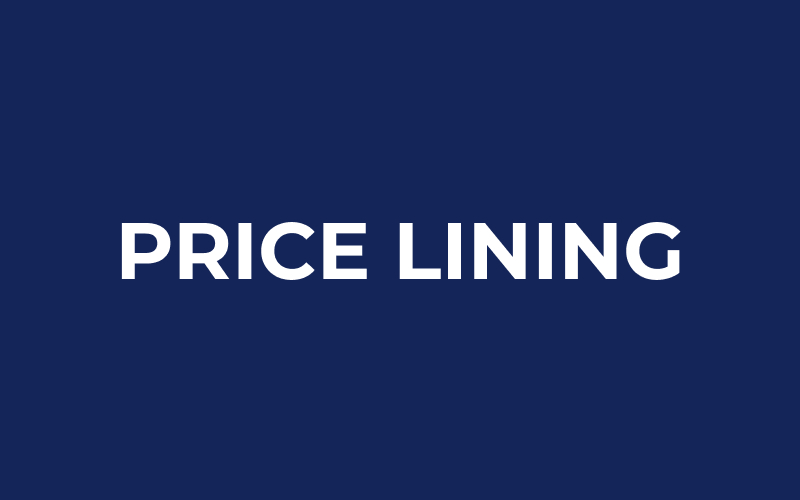
Price lining
Price lining refers to selling different products at different price points to cater to customers who are looking for different levels of quality, convenience, and value. In this way, businesses can effectively reach out to a broader customer base and increase their sales and revenue.
To understand the concept of price lining, let’s take the example of a clothing store. The store may offer a range of products including basic t-shirts, mid-range casual wear, and high-end designer clothing. Each product line is priced differently to cater to customers with varying needs and budget. Customers looking for a basic and affordable option can opt for the t-shirts, while those who want a more stylish and premium product can choose the designer clothing.
Price lining can also be applied to products sold online. E-commerce businesses can use this technique to offer different versions of the same product with different price points. For instance, a software company such as Zendesk may offer three different versions of their software – basic, standard, and premium – each with a different set of features and at different prices. This way, the company can cater to a wide range of customers with varying needs and budget.
Price lining in ecommerce and retail
In ecommerce and retail businesses, price lining can impact pricing in the following ways:
Market segmentation: Businesses can use price lining to segment the market and create different pricing strategies for different groups of consumers.
Product differentiation: Businesses can use price lining to differentiate their products and create perceived value in the minds of consumers.
Cost-based pricing: Businesses can use cost-based pricing, where prices are set based on the costs of production, to determine the appropriate price point for different products or product lines.
Profit maximization: Businesses can use price lining to maximize profits by charging higher prices for higher-margin products and lower prices for lower-margin products.
Price anchoring: Businesses can use price anchoring, where they set a higher price for a product and then offer a discounted price, to create the perception of a better deal for consumers.
Price optimization: Businesses can use price optimization techniques, such as dynamic pricing, to adjust prices in real-time based on market conditions and consumer demand.
Price lining is a powerful tool that can be used by ecommerce and retail businesses to segment the market, differentiate products, maximize profits, and create the perception of a better deal for consumers. It helps businesses in making a right pricing decisions and attract different groups of consumers.
Summary
Price lining is a pricing strategy in which different versions of the same product are offered at different price points to cater to customers with varying needs and budget. This technique is commonly used in ecommerce and retail businesses and helps increase sales and revenue by reaching out to a broader customer base. By offering basic, mid-range, and premium products, businesses can effectively cater to customers with different needs and budget, thereby increasing their sales and revenue.

